Top 9 Best Practices for Maximizing Cybersecurity

As cyber risks grow increasingly complex and pervasive, strengthening digital security has become paramount in our interconnected world. People and businesses alike grapple with the ever-present challenge of safeguarding confidential data from a myriad of online threats. The world of cybersecurity is constantly shifting, requiring vigilance and adaptability to stay ahead of potential breaches.
This article reveals the 9 best practices for enhancing cybersecurity, offering a comprehensive approach to fortifying your digital defenses. By exploring these essential practices, we provide a thorough roadmap designed to reinforce your virtual safeguards. Whether you're an individual seeking to protect personal information or an organization aiming to secure sensitive data, these strategies will equip you with the knowledge to build a robust cybersecurity framework.
Practice 1) Conduct Regular Security Audits
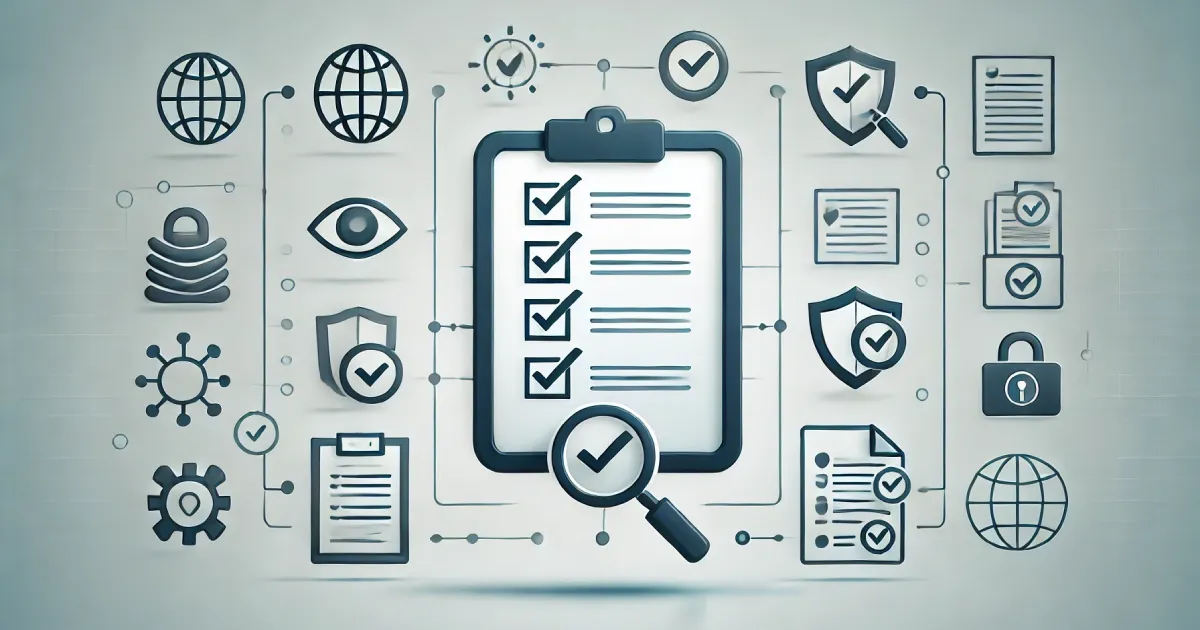
Regular security audits are essential for identifying vulnerabilities and ensuring compliance with security policies. By systematically examining your systems, you can detect potential threats before they become severe problems.
Key Points
- Frequency: Conduct audits at least quarterly or after any significant system changes.
- Scope: Include all aspects of your IT infrastructure—networks, applications, and devices.
- Tools: Use automated tools for efficiency but ensure human oversight for nuanced analysis.
Benefits
- Early detection of vulnerabilities
- Improved compliance with regulations
- Enhanced overall security posture
Practice 2) Implement Multi-Factor Authentication (MFA)

Multi-factor authentication (MFA) adds an extra layer of security by requiring users to provide two or more verification factors to gain access to resources. This approach significantly reduces the risk of unauthorized access.
Key Points
- Types of Factors: Knowledge (password), possession (smartphone), and inherence (fingerprint).
- Implementation: Start with critical systems and extend MFA to all user accounts.
- User Education: Ensure users understand the importance and process of MFA.
Benefits
- Enhanced protection against compromised credentials
- Reduced likelihood of unauthorized access
- Increased user confidence in system security
Practice 3) Regularly Update and Patch Systems

Keeping software up to date is crucial in defending against cyber threats. Patches and updates often address known vulnerabilities that could be exploited by attackers.
Key Points
- Schedule: Establish a regular update schedule for all systems.
- Automation: Use automated tools to manage patches, reducing the risk of human error.
- Prioritization: Focus on critical patches that address significant vulnerabilities.
Benefits
- Minimization of exploitable vulnerabilities
- Improved stability and performance of systems
- Reduced risk of security breaches
Practice 4) Educate and Train Employees
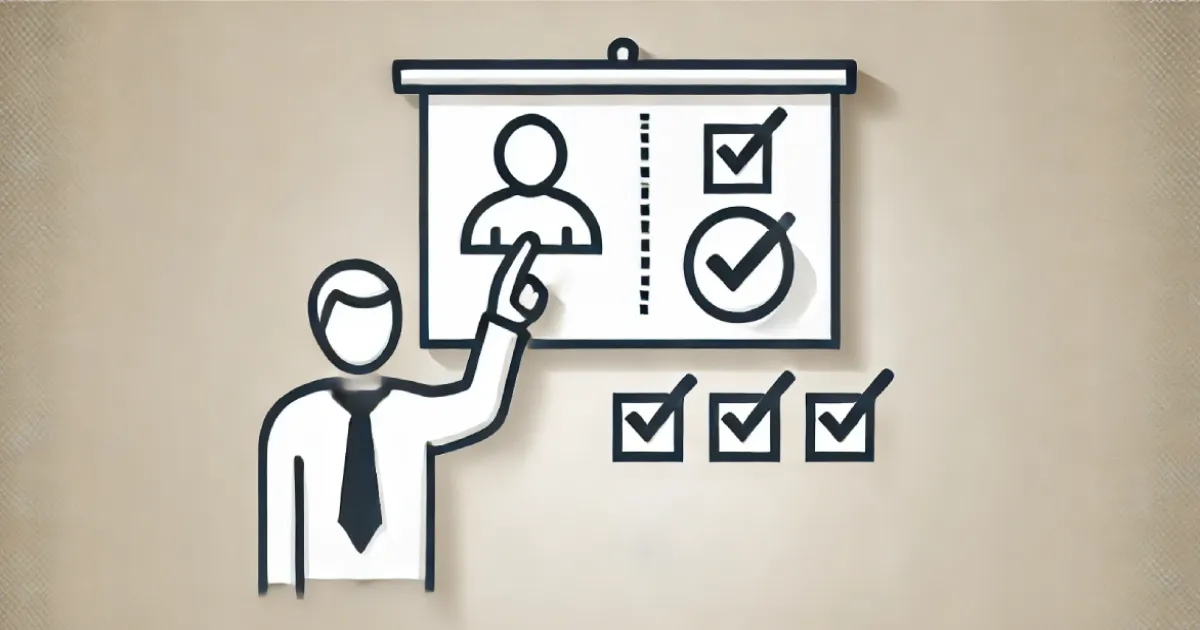
Human error is a significant factor in many security breaches. Regular training and education can help employees recognize and avoid potential threats.
Key Points
- Topics: Phishing attacks, password security, data protection, and incident reporting.
- Methods: Interactive training sessions, simulated phishing attacks, and regular updates.
- Culture: Foster a security-aware culture where employees feel responsible for protecting data.
Benefits
- Reduced likelihood of human error leading to breaches
- Empowered employees who can identify and respond to threats
- Enhanced overall security culture within the organization
Practice 5) Utilize Advanced Threat Detection Tools

Advanced threat detection tools, such as Intrusion Detection Systems (IDS) and Intrusion Prevention Systems (IPS), help identify and mitigate threats in real-time.
Key Points
- Types: Network-based IDS/IPS, Host-based IDS/IPS, and Unified Threat Management (UTM) systems.
- Integration: Ensure these tools are integrated into your overall security architecture.
- Monitoring: Continuous monitoring and analysis of security alerts.
Benefits
- Proactive threat identification and mitigation
- Enhanced ability to respond to and neutralize threats quickly
- Improved overall security posture
Practice 6) Backup Data Regularly
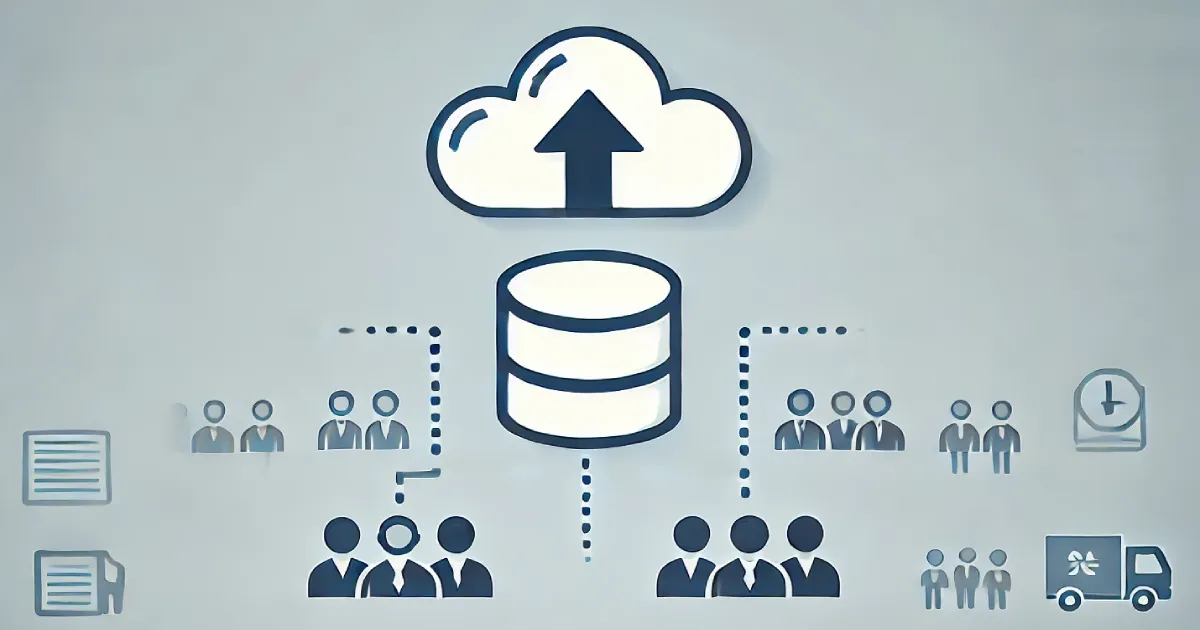
Regular data backups are essential for disaster recovery and mitigating the impact of ransomware attacks. Backups ensure that you can restore your systems and data to a recent state in case of an incident.
Key Points
- Frequency: Daily backups for critical data, with weekly or monthly full backups.
- Storage: Use offsite or cloud storage to protect against physical disasters.
- Testing: Regularly test backup and restore processes to ensure data integrity and accessibility.
Benefits
- Protection against data loss from cyberattacks or hardware failures
- Ability to recover quickly from ransomware attacks
- Assurance of data integrity and availability
Practice 7) Implement Strong Access Controls
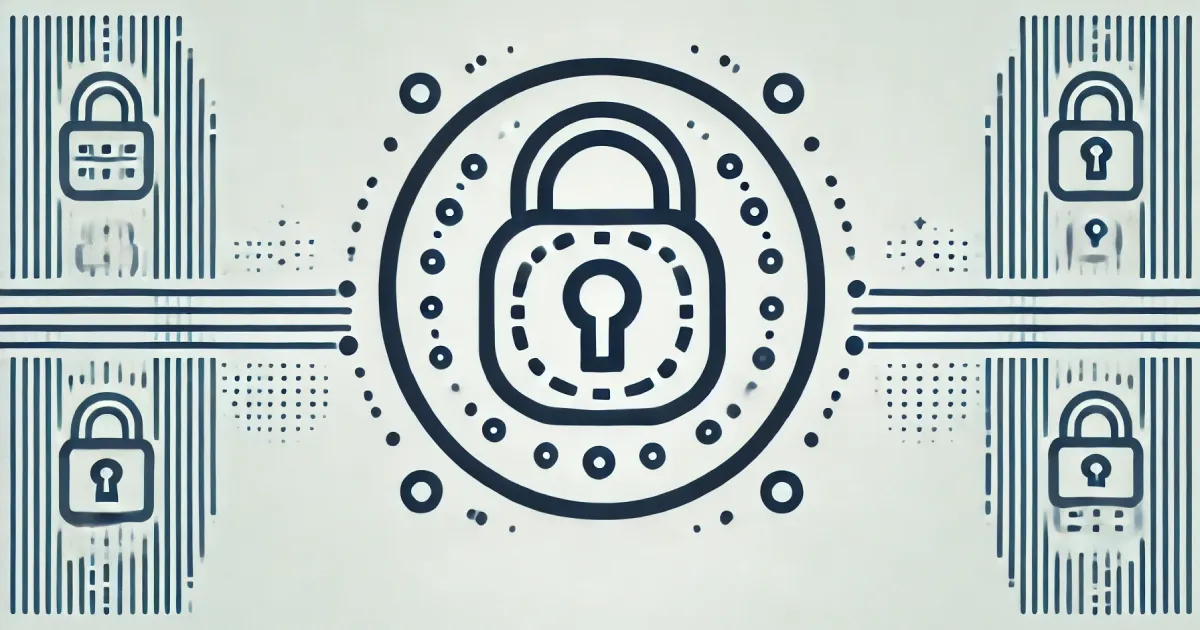
Access controls ensure that only authorized individuals have access to specific data and systems. This minimizes the risk of insider threats and unauthorized access.
Key Points
- Principle of Least Privilege: Grant users the minimum access necessary to perform their roles.
- Role-Based Access Control (RBAC): Define roles and assign permissions based on job functions.
- Regular Reviews: Periodically review access permissions to ensure they remain appropriate.
Benefits
- Reduced risk of unauthorized access and insider threats
- Improved accountability and traceability of access
- Enhanced security of sensitive data
Practice 8) Develop an Incident Response Plan
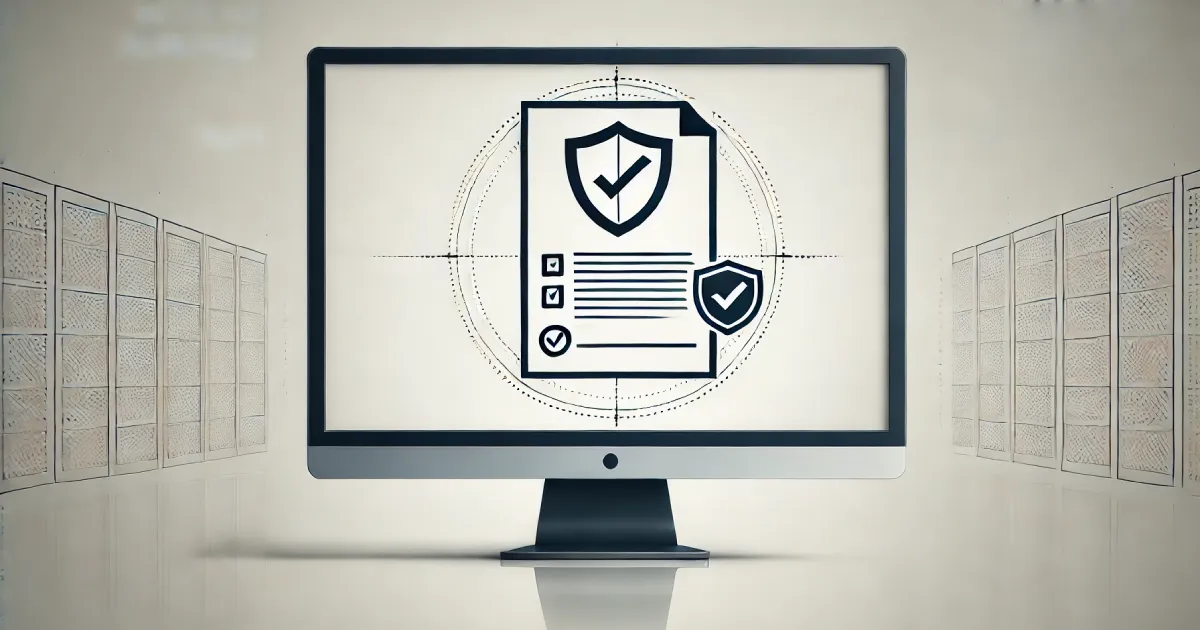
An incident response plan outlines the steps to take in the event of a cybersecurity breach. Having a plan ensures a structured and efficient response, minimizing damage and recovery time.
Key Points
- Components: Detection, containment, eradication, recovery, and post-incident analysis.
- Team: Designate an incident response team with defined roles and responsibilities.
- Communication: Ensure clear communication channels for internal and external stakeholders.
Benefits
- Faster and more effective response to security incidents
- Reduced impact and cost of breaches
- Improved readiness and resilience against future attacks
Practice 9) Conduct Penetration Testing
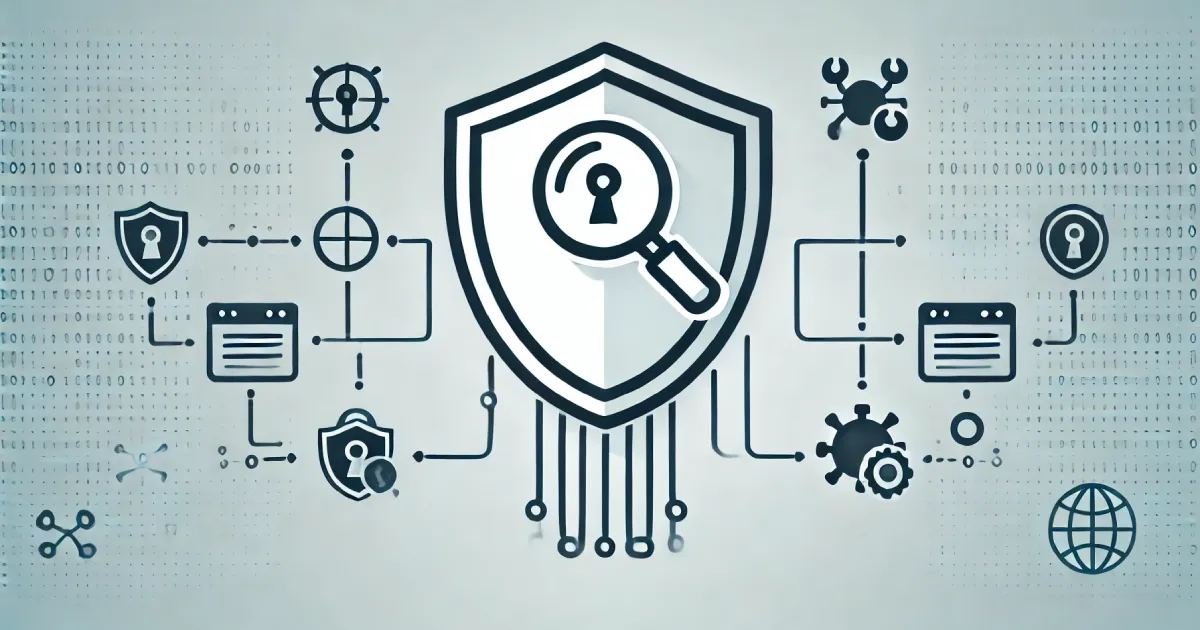
Penetration testing involves simulating cyberattacks on your systems to identify vulnerabilities. This proactive approach helps you understand and mitigate potential weaknesses.
Key Points
- Types: External, internal, web application, and wireless network penetration testing.
- Frequency: Conduct tests at least annually or after significant changes to the system.
- Reporting: Document findings and remediation efforts to improve security measures.
Benefits
- Identification of hidden vulnerabilities
- Improved understanding of the effectiveness of security controls
- Enhanced ability to prevent real-world attacks
Final Thoughts
Effective cybersecurity demands a holistic approach, weaving together technological solutions, refined processes, and human expertise. By embracing these 9 essential practices, you can significantly strengthen your defense mechanisms, shield sensitive data from unauthorized access, and reinforce your IT infrastructure against evolving cyber threats.
Key pillars of a resilient digital security framework include regular and thorough security assessments, deployment of cutting-edge threat detection systems, and implementation of robust access control measures. Equally crucial is the ongoing education of your workforce, ensuring they remain vigilant and well-informed about potential risks. These elements, working in concert, create a dynamic and adaptive security posture capable of meeting the challenges of today's complex digital environment.
Key Takeaways
| Practice | Key Points | Benefits |
|---|---|---|
| 1. Regular Security Audits | - Conduct quarterly - Cover all IT areas - Use automated tools |
- Detect vulnerabilities early - Ensure compliance - Enhance security |
| 2. Multi-Factor Authentication (MFA) | - Use multiple verification factors - Start with critical systems |
- Prevent unauthorized access - Boost user confidence |
| 3. Update and Patch Systems | - Schedule regular updates - Use automation - Focus on critical patches |
- Reduce vulnerabilities - Improve system stability |
| 4. Employee Training | - Cover phishing, password security, data protection - Use interactive methods |
- Minimize human errors - Empower employees |
| 5. Advanced Threat Detection Tools | - Use IDS/IPS systems - Integrate into security architecture |
- Identify threats early - Respond quickly |
| 6. Regular Data Backups | - Daily for critical data - Use offsite/cloud storage - Test backups |
- Protect against data loss - Recover quickly from attacks |
| 7. Strong Access Controls | - Follow the principle of least privilege - Use role-based access |
- Prevent unauthorized access - Improve data security |
| 8. Incident Response Plan | - Include detection, containment, recovery - Designate a response team |
- Respond faster to incidents - Minimize damage |
| 9. Penetration Testing | - Test annually - Focus on all areas - Document findings |
- Identify vulnerabilities - Improve security measures |
Top Cybersecurity Companies
- Palo Alto Networks: Specializes in network security, cloud security, and endpoint protection. Known for its advanced firewall technology and comprehensive security platforms, Palo Alto Networks helps organizations prevent cyber breaches with its cutting-edge solutions.
- CrowdStrike: Focuses on endpoint security, threat intelligence, and cyberattack response. Known for its Falcon platform, which uses AI to detect and respond to threats, CrowdStrike is a leader in protecting endpoints from sophisticated cyber threats.
- Fortinet: Provides broad, integrated, and automated cybersecurity solutions. Fortinet is renowned for its FortiGate firewalls and extensive range of security products, delivering high-performance security across the IT infrastructure.





